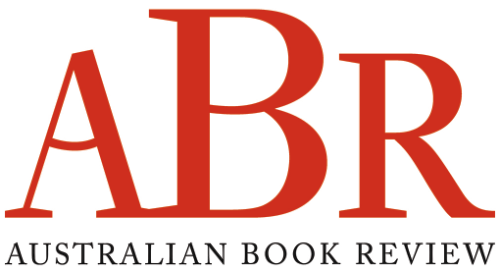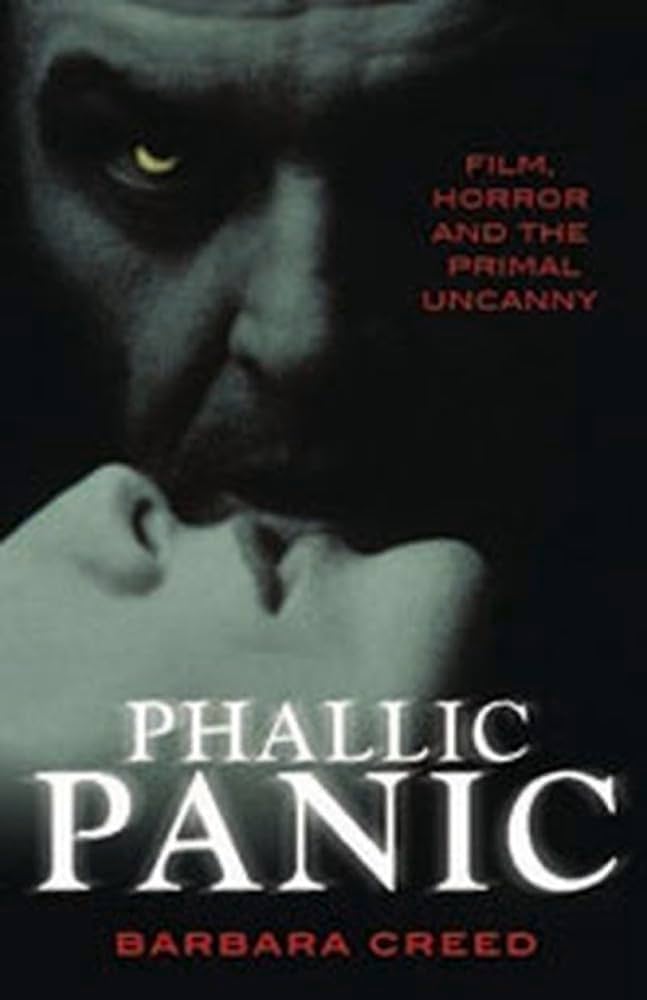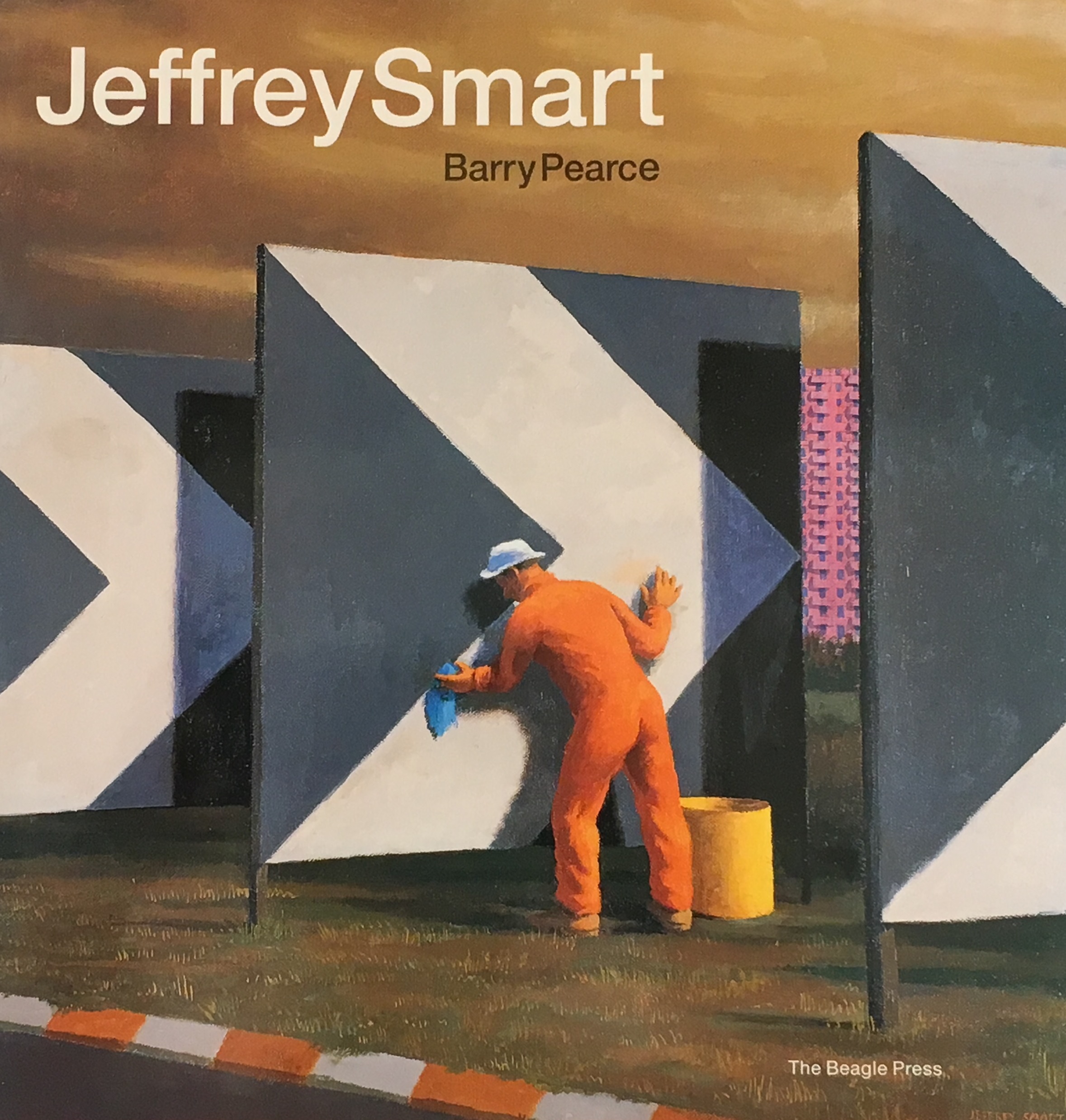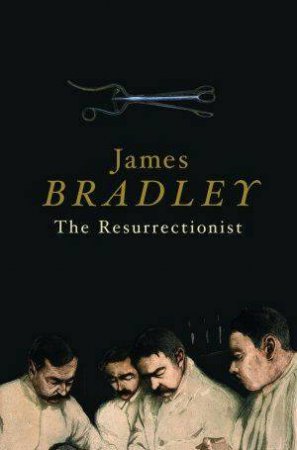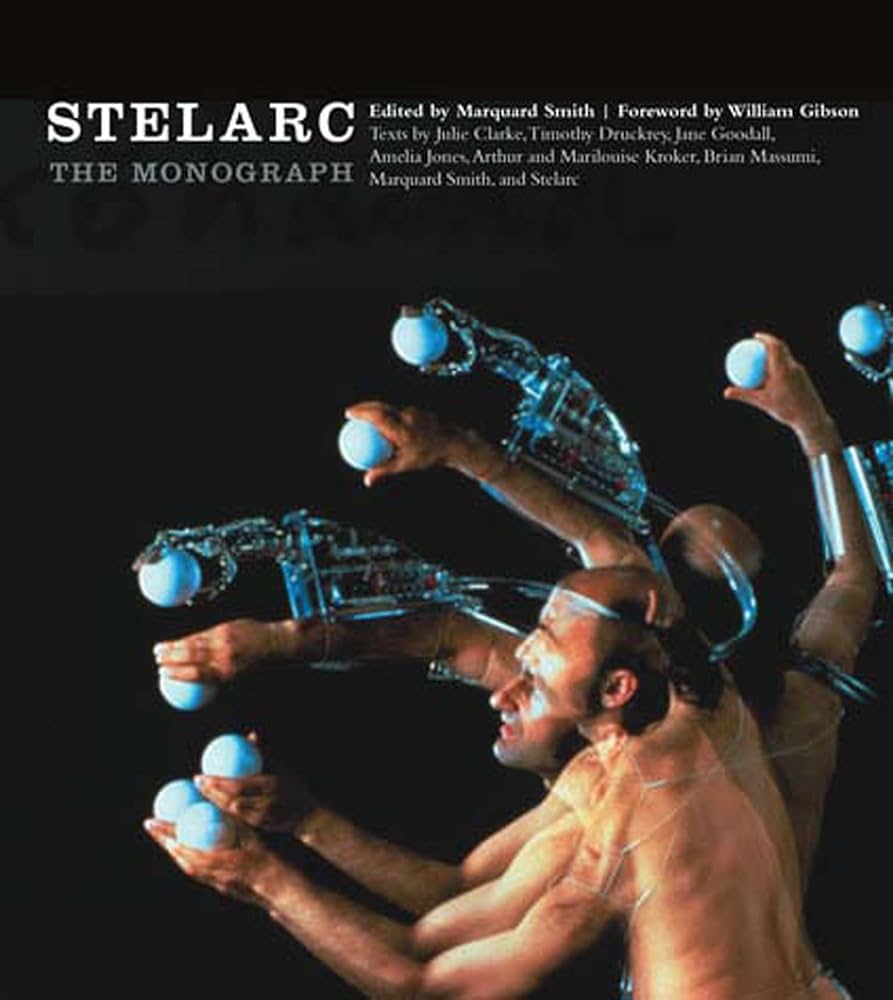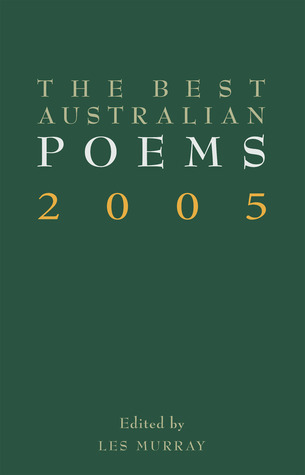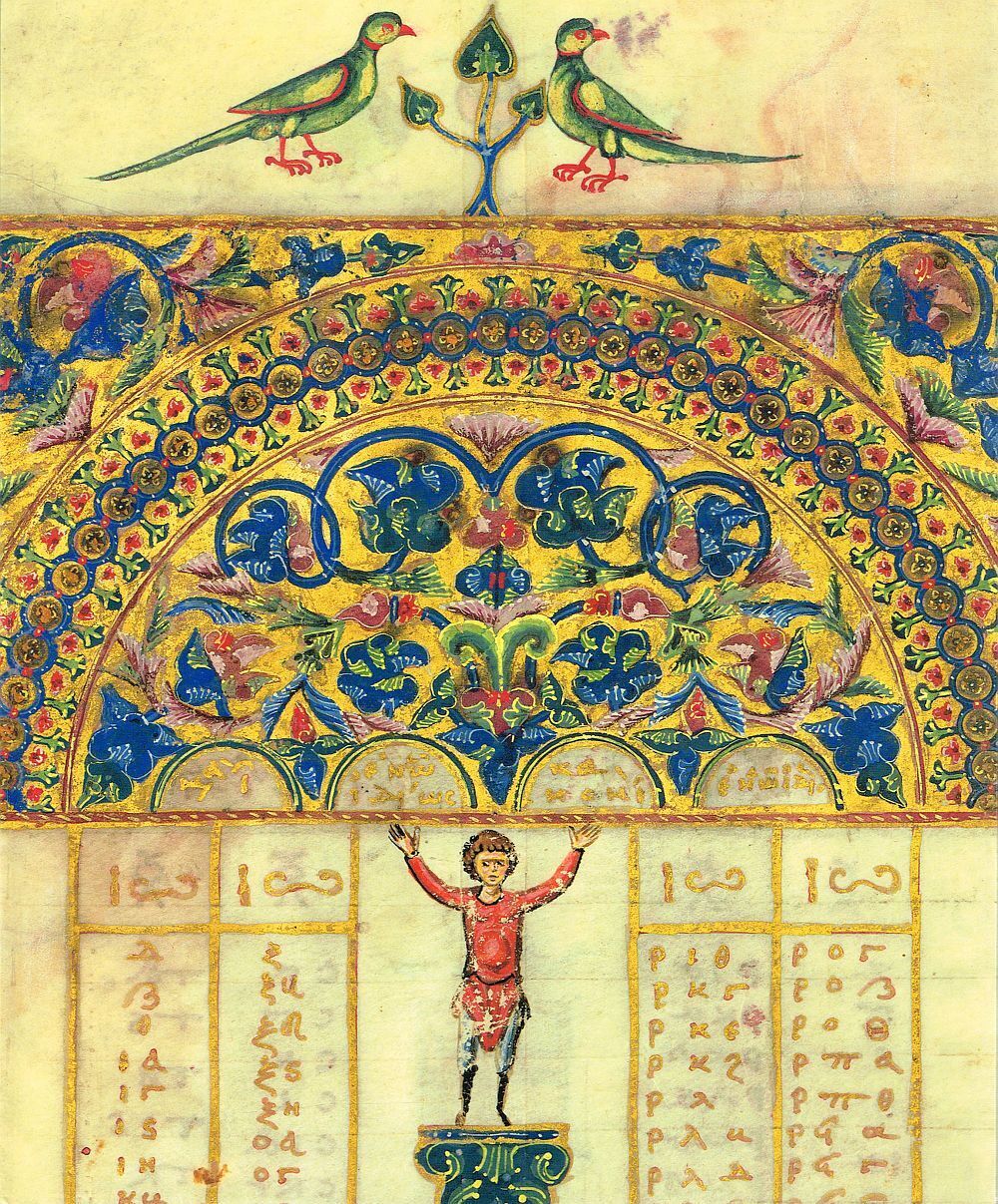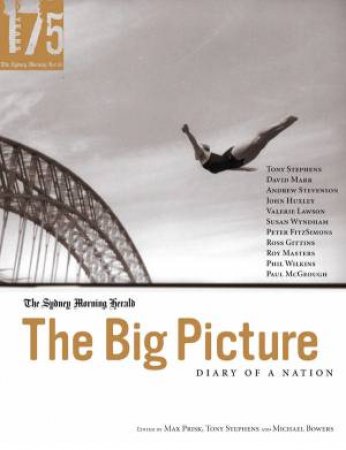Archive
Phallic Panic: Film, horror and the primal uncanny by Barbara Creed
by Rose Lucas •
I stare from my study window into trees.
Considering all things, I watch the first snow spill
White seeds across the rubble where the barn
Towered over us with its cracked spire
For almost half a century until
Some feckless pot-head changed
The whole thing into fire.
The Felton Illuminated Manuscripts in the National Gallery of Victoria by Margaret M. Manion
by Joan Barclay-Lloyd •
The Big Picture: Diary of a nation edited by Max Prisk, Tony Stephens, and Michael Bowers
by John Thompson •
canola’s chemical yellow rises above the fence line
Black Poles laze around a dam, ibis and egrets gliding overhead
wattle, casuarina, eucalypt, cypress, radiata
where the bitumen gives way to gravel
taking you deeper into shadows, ditches
tinder undergrowth of a bush block
